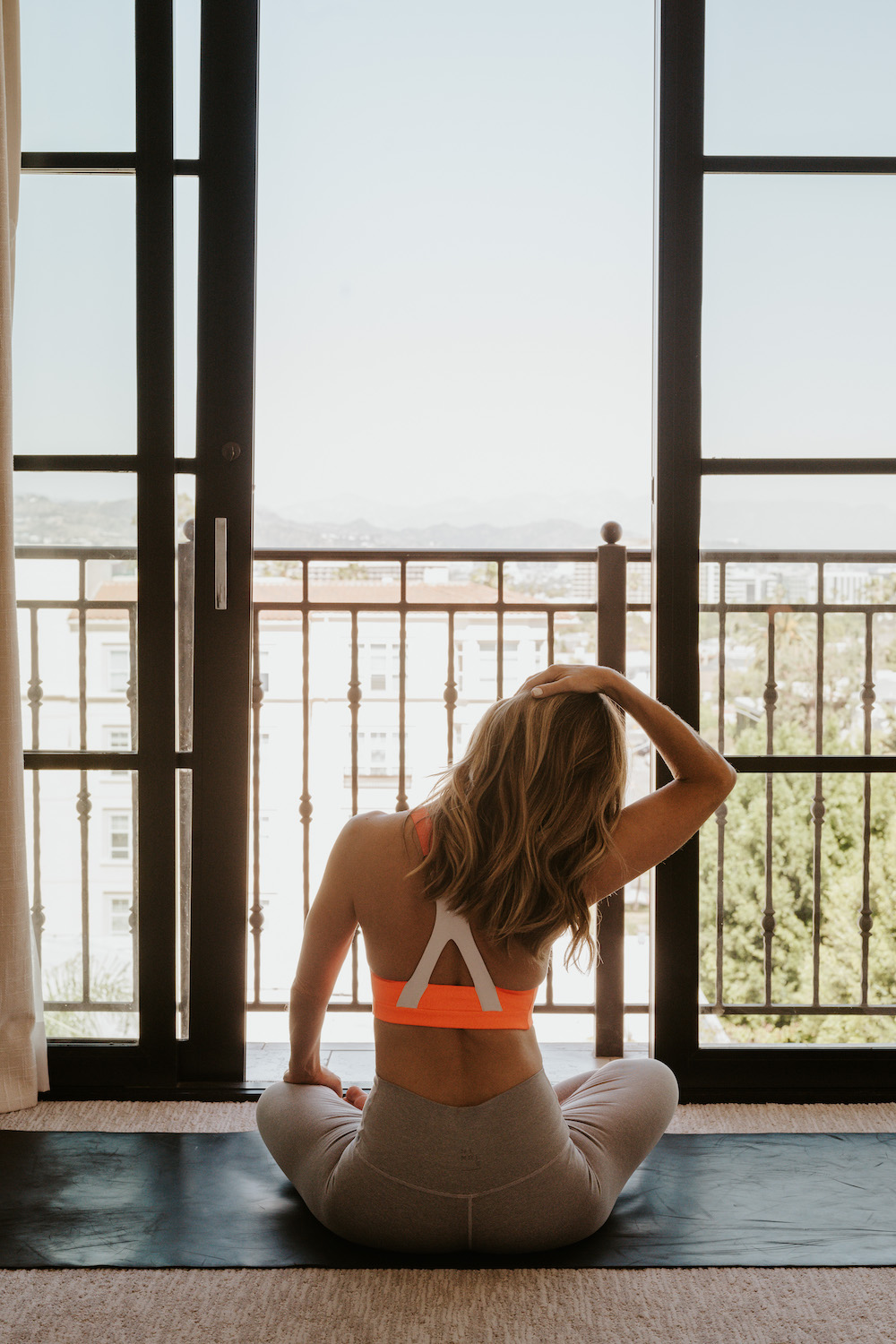The Wellness Lies I Believed in My 20s—and the Truths I Live by Now

In my 20s, 'wellness' became a blueprint for how to live—structured, prescriptive, and endlessly optimized. I approached it the way many women do: with curiosity sparked by Instagram and a perfectionism shaped by years of internalized shoulds. Every smoothie ingredient had a function. Every morning routine needed to be maximized. Rest was earned. Pleasure was suspicious. I mistook control for care. And like so many of us trying to do it 'right,' I rarely paused to ask if any of it actually made me feel good.
Looking back, it was all part of a larger system of wellness propaganda I'm not falling for anymore—the kind that preys on our desire to be better while keeping us locked in a cycle of never enough. In my early 30s, I have the opportunity to unlearn the idea that wellness is one-size-fits-all. Letting go of the rules has been disorienting at times—especially when we're constantly sold the next routine, ritual, or reset.
But I've come to understand that the wellness habits worth keeping are the ones that meet me where I am, not where I think I should be. This is the work: turning inward, tuning out the noise, and making peace with the fact that the most nourishing path is often the least performative one.
From Clean Eating to Joyful Nourishment
Clean eating was once my entire personality. I believed that the more foods I could cut out, the healthier I would be. Beneath the surface, though, that rigidity masked something more painful—my eating disorder, which shaped not just how I ate, but how I viewed myself.
Like so many women, I confused discipline with health, mistaking restriction for control. 'Clean' became a moral category, and I lived in fear of anything processed, indulgent, or pleasurable. The wellness world applauded it. And I did, too—until the mental and emotional weight became too heavy to carry.
What saved me wasn’t a new food philosophy but the slow, often uncomfortable realization that nourishment can't come from fear. Over time, I learned that no food is inherently bad—and that ice cream on a summer night or pizza with friends is just as valuable as a green smoothie on a Tuesday morning.
Today, I eat in a way that's varied, flexible, and in alignment with what I need and truly want. I eat for energy, yes—but also for joy, connection, and fun. There’s no longer a moral halo over my meals, which means there’s no guilt clouding them, either.
The Toxic Side of Relentless Productivity
Who else has been hooked on the high of getting things done? I used to pack my days with back-to-back to-dos, wore my burnout like a badge of honor, and convinced myself that rest was indulgent, not essential.
Wellness, for me, wasn’t about how I felt—it was about how efficiently I could function. I believed that if I just mastered the right morning routine or productivity hack, I could finally outrun the low hum of anxiety that followed me everywhere.
But even on my most productive days, I rarely felt at peace. Because no matter how much I accomplished, it never seemed to be enough. It took hitting a wall—mentally, emotionally, and physically—for me to start asking different questions.
What would it look like to prioritize presence over performance? Could I let a day be meaningful even if it wasn’t productive? Slowly, I began replacing the pressure to optimize with a practice of paying attention.
Releasing the Grip of Toxic Positivity
For years, I clung to the idea that if I could just stay positive, everything would be okay. I curated my mindset the way I did my Instagram feed—filtered, bright, and relentlessly upbeat.
I repeated mantras like 'good vibes only' and tried to reframe every hard thing as a lesson. And while there’s something to be said for optimism, I used it to bypass the emotions I didn’t want to feel.
Sadness, anger, disappointment—those didn’t fit the version of wellness I was trying to maintain. I believed that if I let them in, they might take over. So I shut them out.
But here’s the truth: Emotions demand to be felt. And the more I tried to gloss over them, the more they found ways to surface—through anxiety, burnout, and disconnection.
Wellness as Performance vs. Lived Experience
It makes sense: In our visual-first world, I believed that wellness was something I had to prove. It wasn’t just about how I cared for myself—it was about how that care looked to others.
I documented everything: my matcha, my yoga mat, the books on my nightstand. I was constantly reaching for a kind of aesthetic validation, curating a version of wellness that looked calm, balanced, and aspirational.
Eventually, I realized the truest wellness moments were the ones I wasn’t posting: The walk I took without my phone, the quiet cry I had in the shower, the warm bowl of pasta I made myself after a long day. These were the rituals that didn’t look like much, but meant everything.
The Most Beautiful Wellness Is Your Own
In my 20s was loud. It demanded attention—structured, aesthetic, often performative. But the wellness I’ve found in my 30s? It’s quiet. It doesn’t ask to be seen, and it doesn’t need to be justified.
It’s a long walk when I’m anxious or calling a friend instead of pushing through. And the cold plunge? I’ve finally admitted it’s just not for me, and that’s its own kind of freedom.
This is the kind of wellness I want more of: intuitive, imperfect, and entirely my own.
